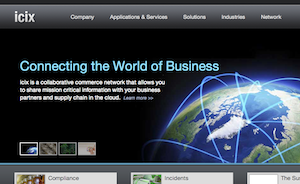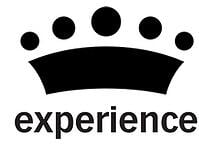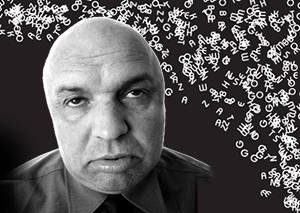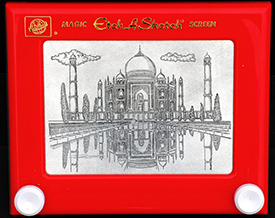Efficiency is always desirable in business. Especially when working on projects that out of the ordinary and not done very often, like a website redesign, efficiency might seem harder to accomplish. And when it comes to a highly creative process like graphic design, it may even seem contradictory to focus on efficiency. First off a website redesign can mean so much - everything from an esthetic “face lift” to completely overhauling a collection of e-commerce, accounting, marketing, and management systems. In the end, everyone involved wants efficiency. Being efficient means schedules and budgets get met. The less familiar a project is the more efficiency might seem to be a challenge. A design project - a web design project - is, for most businesses, just that sort of a project. A situation where ways to achieve efficiency are not so obvious.
One place where the efficiency of a design project becomes very visible is in the approval of the graphic designs for a web site. It inevitably becomes a moment of heightened emotion, primed with anticipation, and hopefully a minimum of drama. Weather or not this step is efficient depends on a few things.
1) How well has the process itself, for design review and approval been clarified and considered?
2) How clear is the criteria for evaluating design? Is it going to be based on a person’s subjective likes and dislikes or is it based on objective criteria?
3) How thoroughly has design style in general been reviewed and design sensibility been understood?
Process for web design
What’s helpful here is an outline of the steps taken to achieve an excellent design and the reason for them. Regardless of how different or unusual any particular creative approach might be, there ought to be reasons for all of it and it should make sense to everyone. For example, the process might involve the use of some creative device, like a “mood board” (a collection of colors, textures, images, words, ideas presented to open up the thinking about the design). With a clear explanation about this, what everyone’s participation ought to be, and what everyone should come away with, this becomes an effective and efficient step.
Criteria for Design
A big contributor to efficiency in the design process is setting the criteria for evaluation. How do stakeholders decide if design is good, inadequate, exceptional, absolutely off track? It comes down to a clear understanding of the purpose of the design, and this often comes down to the purpose of the business itself. It’s important to know what this design is for. Is it simply a modernization of an outdated design? Is it to facilitate new business goals for sales and engagement? Is it to make a particular impression on a specific target audience? Some combination of all of these? If taken for granted there is a risk that design is flying blind weather it’s amazing work or not, no one will be able to assess that. On the other hand, with a clear understanding of these broader goals and possibilities, there is a way to evaluate new designs and make better recommendations during design review.
Design style and sensibility
It’s easy for designers to get lost in their own jargon. Combined with the difficulty stakeholders have expressing their thoughts on design, you have a recipe for frustration and wasted time. No need for this. We live in a world where everything is at our finger tips including websites. Take full advantage of this and do a deep dive into different sites and different site designs. Get a sense of what the team likes and doesn’t like. Find out up front if someone is made seasick by certain colors or if certain things are flat out deal breakers. In addition to vetting out some basic do’s and don’ts this is also an opportunity to establish a baseline for communicating about design.





